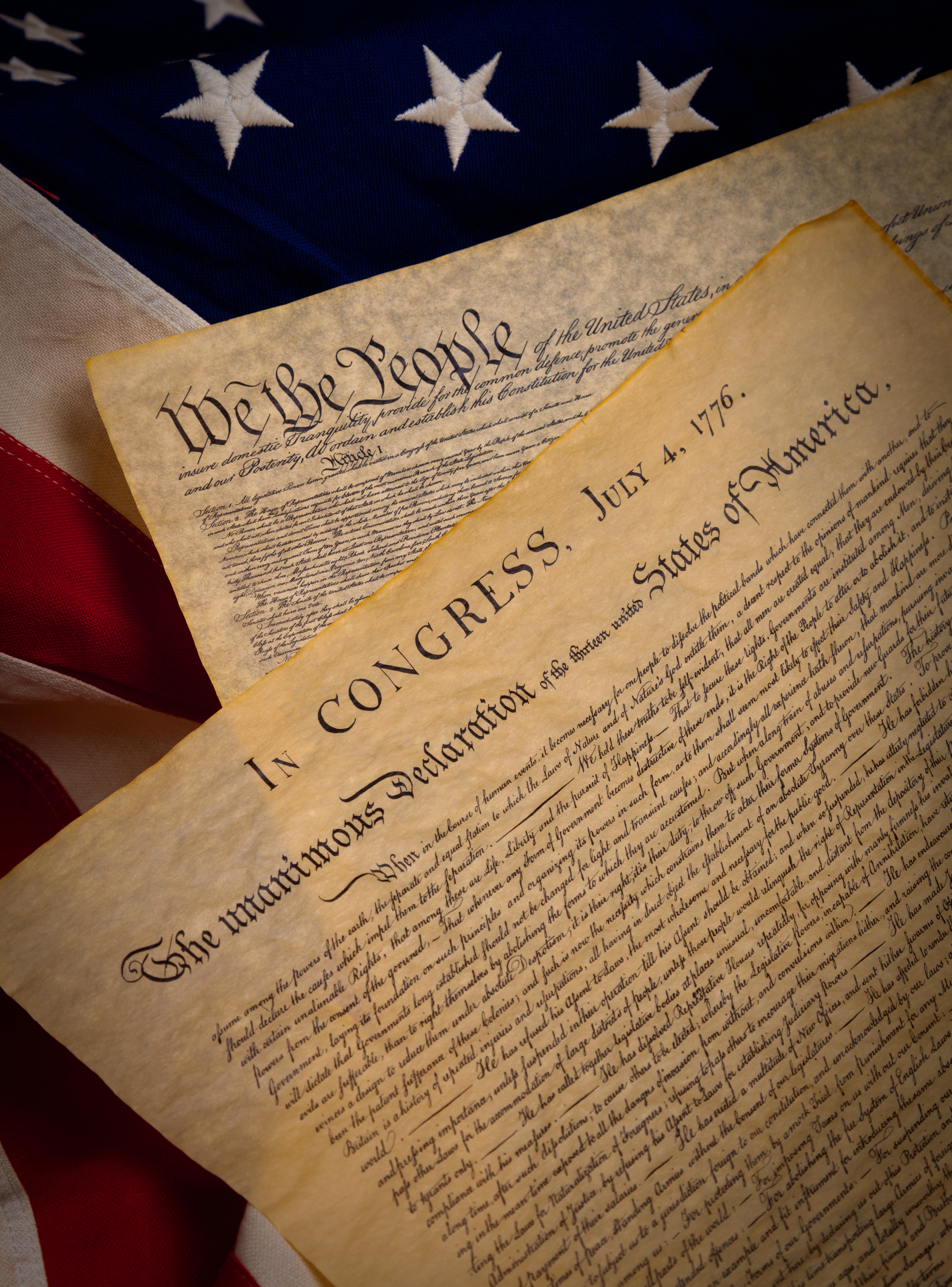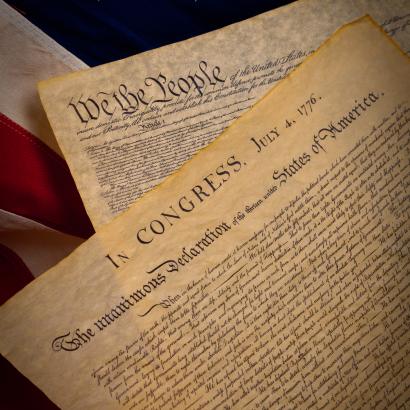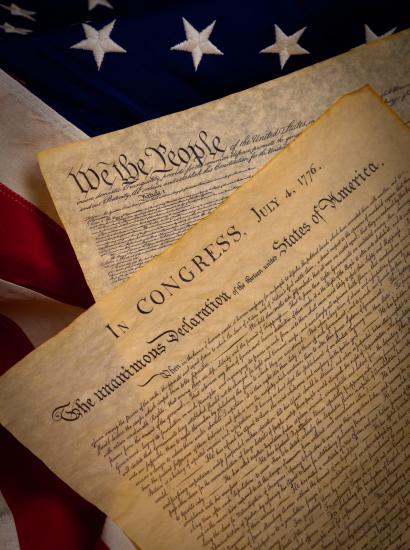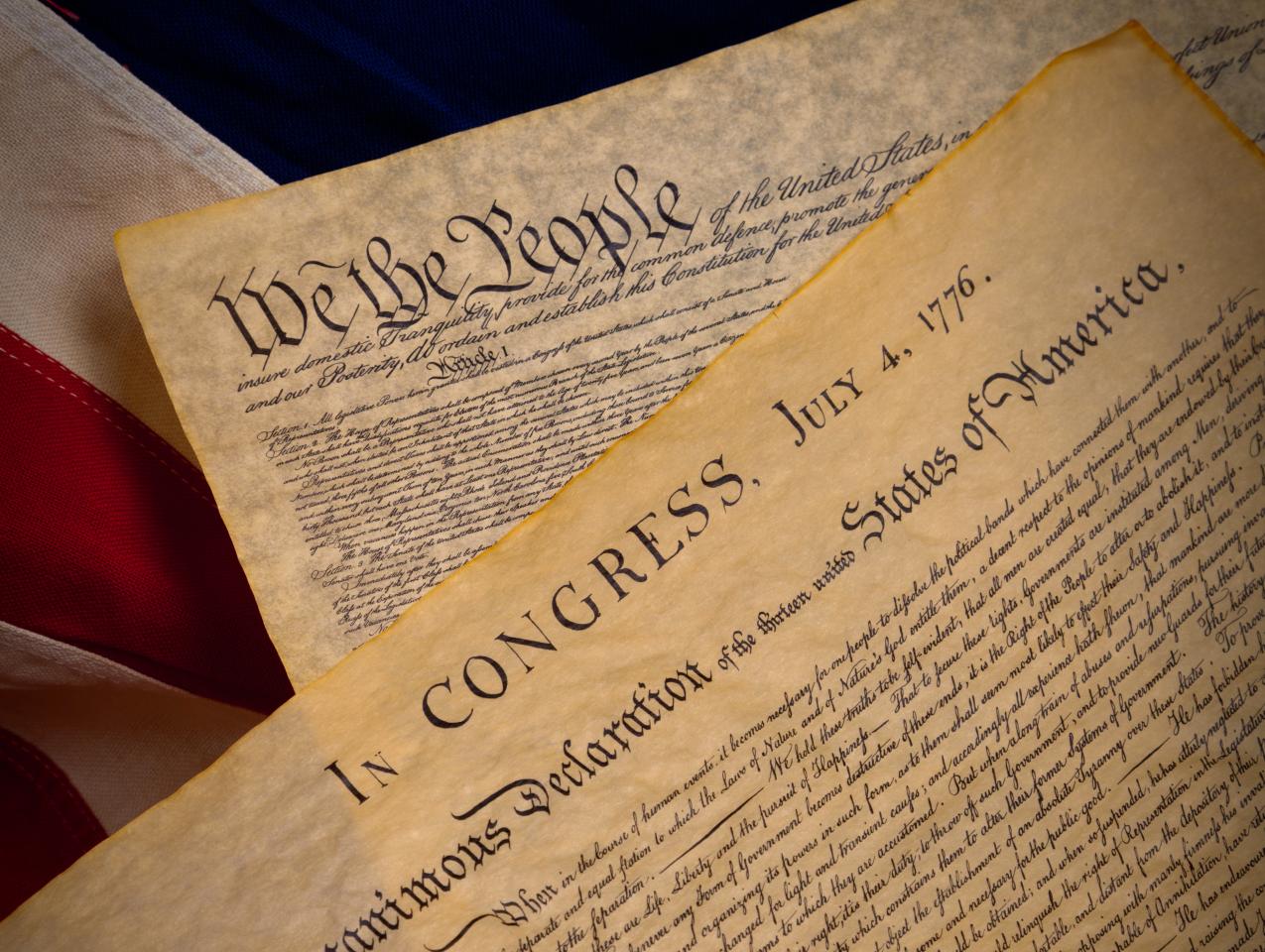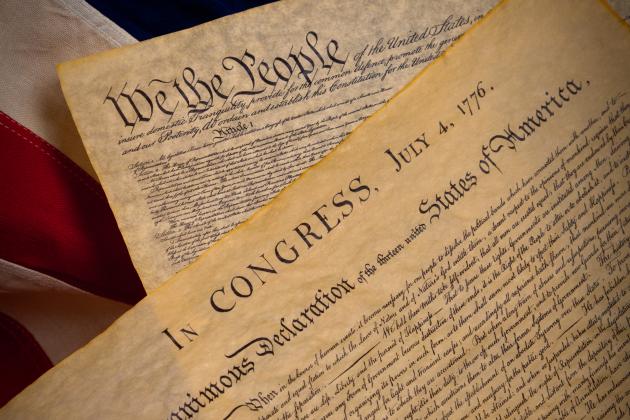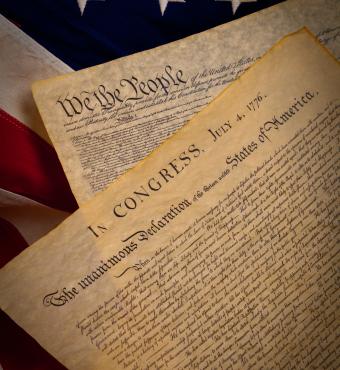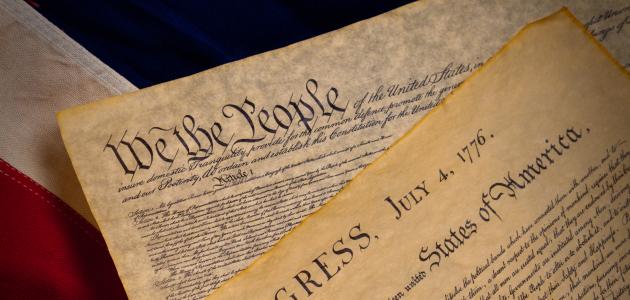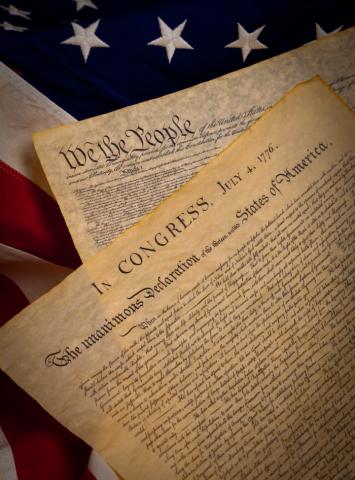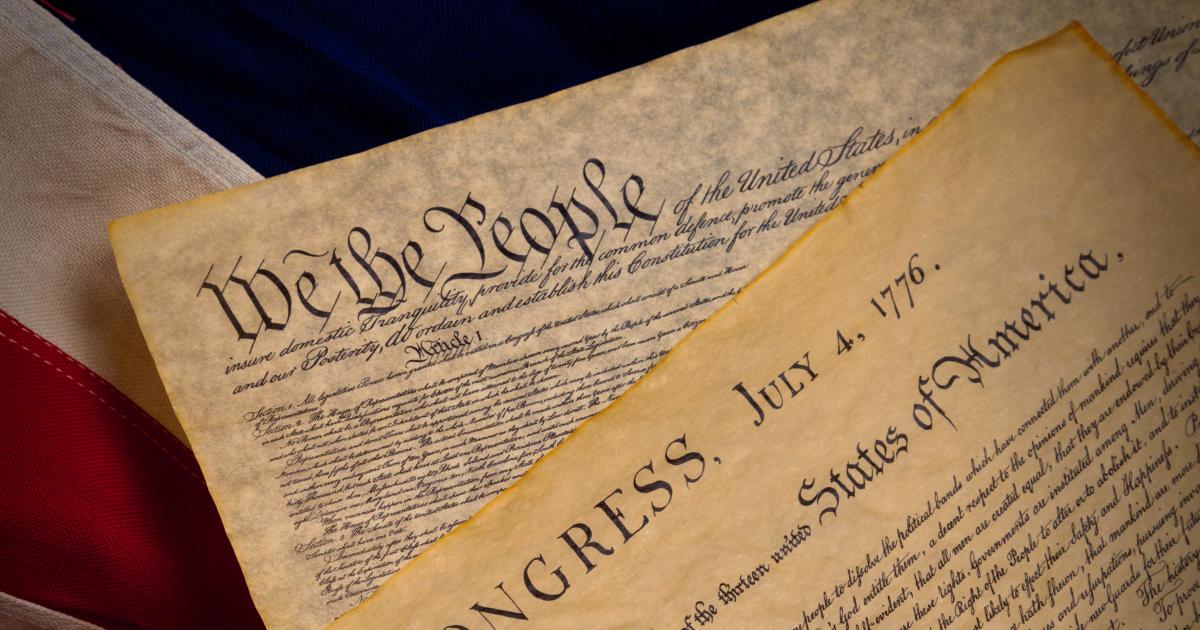- Politics, Institutions, and Public Opinion
Most of us learned in grade school that the Constitution parcels legislative, executive and judicial power into separate branches of the government. This separation of powers—the system of checks and balances—is to prevent tyranny and ensure that all citizens enjoy equal protection under the law. How true are these time-honored precepts today? Unfortunately, as some colleagues at the Hoover Institution's program on regulation and the rule of law are finding, the answer is less and less.
With regard to presidential power, the Constitution is explicit: Congress is authorized to make laws, and the president must execute them. The Constitution does not authorize the executive branch to change the laws or decline to enforce them for its own convenience.
Yet President Obama has waived the requirements of laws such as the Affordable Care Act and some laws on immigration—effectively rewriting them. This practice is constitutionally dangerous: Unless it is checked, there is not much short of impeachment to prevent a future president from issuing his own laws by reinterpreting existing laws.
The Supreme Court has been loath to prevent the president from going beyond his authorized responsibility. But Speaker John Boehner has led the House to pass a resolution authorizing a lawsuit challenging the president's actions on the grounds that his actions infringe on Congress's legislative power.
Regardless of the outcome of this lawsuit, Congress has other ways to protect the rule of law. Article III of the Constitution authorizes Congress to make rules for the judiciary. It can—and should—directly change the scope of standing to permit courts to restrain the president from rewriting laws.
That would be a good start, but more is needed. The power of federal regulatory agencies to issue rules, enforce them and penalize violators is also subject to abuse. Congress itself created this problem long ago by writing broad, vague general laws and letting regulatory agencies fill in the details. It continues to do so.
This arrangement is tailor-made for influence-peddling and cronyism. Lobbyists and other special interest groups negotiate the rules with unelected bureaucracies. Inevitably, those with pull get favorable treatment. Larger firms can impose disadvantages on competitors; smaller firms that cannot afford to participate in the process lose. Regulators, in short, are too easily captured by the industries and companies they are supposed to regulate. And they have much weaker incentives to act in the best interest of firms than do these firms' principal stockholders.
Here is one example. After the financial crisis of 2008, bank regulators should have increased bank capital requirements enough to provide managers with stronger incentives to avoid high-risk loans and investments. Instead regulators are more directly attempting to monitor and manage financial risk-taking. This arrangement raises the possibility of gaming the system.
Another example: The Dodd-Frank Act of 2010 was passed in part to eliminate bank bailouts brought about by banks that have grown "too big to fail." But the law has not eliminated the too-big-to-fail problem, and massive taxpayer bailouts are still possible. The largest banks have retained their competitive advantage and can borrow at a lower interest rate because their creditors are protected against failure. As a result, merely big banks cannot compete with the largest banks, and many have sold out to them. For example, J.PMorgan acquired Chase National, and J.P. MorganChase acquired Bank One. The biggest banks became even bigger, and concentration of lending greatly increased.
There are better alternatives. One of them, the bipartisan Brown-Vitter bill, (introduced by Sen. Sherrod Brown (D., Ohio) and Sen. David Vitter (R., La.) would substantially raise capital requirements of all the largest banks. Large stockholders would have incentives to enforce prudential behavior by bank managers more effectively than regulators because their investment is at risk.
Regulations that favor some interests over others is not a problem confined to finance. It is a feature of environmental protection, labor markets and much else. The U.S. regulatory system does a poor job of fulfilling the main economic reason for regulation—closing any demonstrated gaps between private and social cost. It is much more likely to find ways to help specific, favored groups of constituents, shifting the costs to others. The Consumer Financial Protection Bureau, a creature of Dodd-Frank, takes funding from the Federal Reserve's massive earnings on its huge portfolio to direct credit toward individuals and groups it claims are disadvantaged. This is an invitation to cronyism and corruption.
To help strengthen the rule of law, Congress could require that all regulations above some specified cost be approved by both houses. That would provide oversight by elected officials who could reject special privileges and cronyism. It could also insist that all spending by any agency for any purpose requires direct congressional authorization, a fundamental principle of the Constitution.
Mr. Meltzer is the University Professor of Political Economy at the Tepper School, Carnegie Mellon University, and the director of the Hoover Institution's program on regulation and the rule of law.







